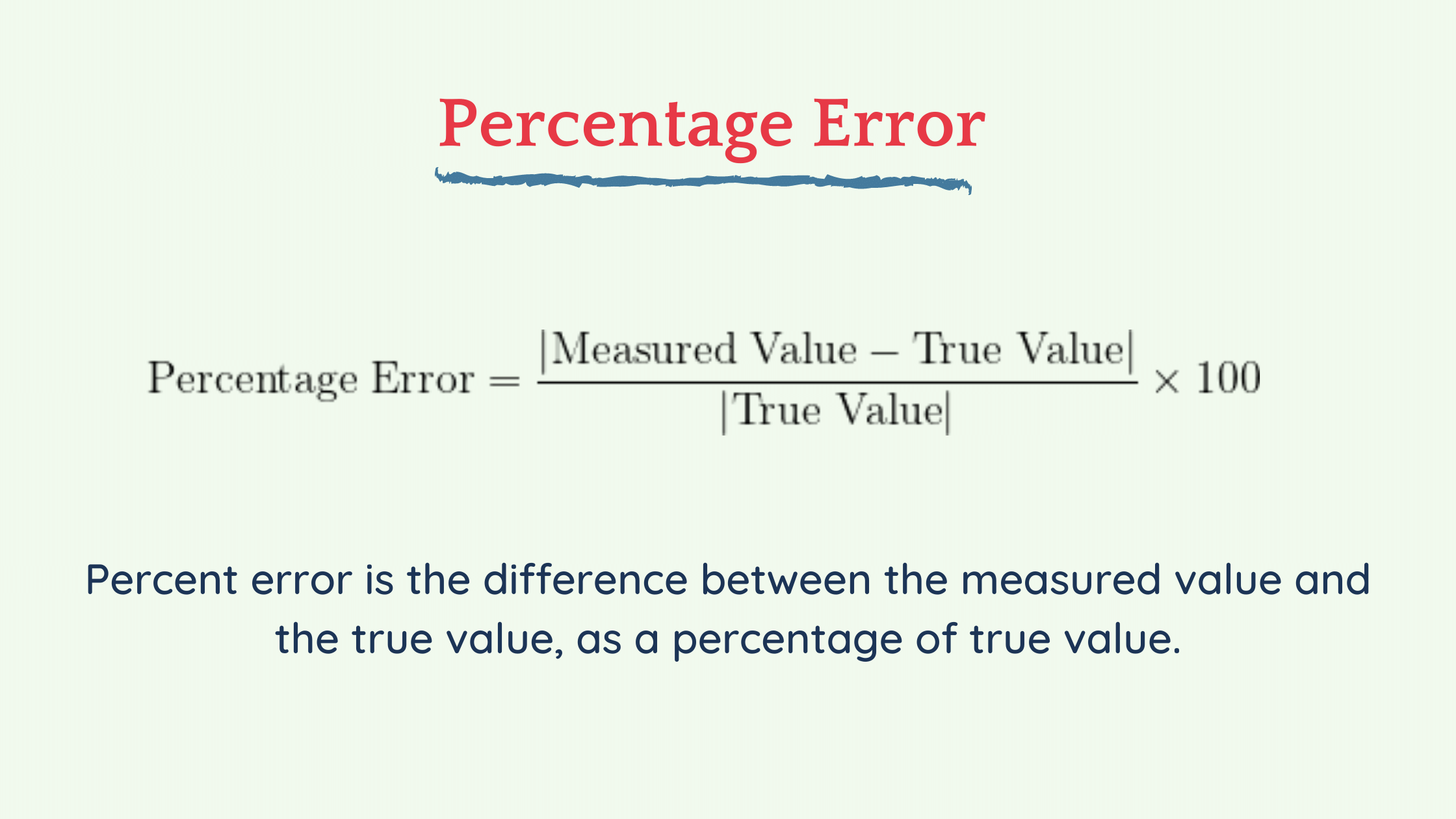


Find the average of V1 and V2 by adding V1 to V2 and dividing this sum by two.Find the absolute value of the difference between Value 1 (V1) and Value 2 (V2).
#PERCENT DIFFERENCE HOW TO#
Percentage Difference = (|V1 - V2| / ((V1 + V2) / 2)) * 100 How to Calculate Percentage Difference

To better understand percentage difference, let's look at the formula and explain how to calculate percentage difference. Percent difference is the percentage of the absolute difference between two numbers compared to the average of those two numbers. (See our percentage change, percentage increase, and percentage decrease calculators.) Math Central is supported by the University of Regina and The Pacific Institute for the Mathematical Sciences.Though the two are often confused, percentage difference is NOT the same as percentage change! Only you can decide whether that fits the context of your question. So although you thought you had asked a rather simple question, Carolyn, the answer is rather long because percent difference isn't a mathematical term, but it is a scientific term. You didn't say if your comparison was an earlier/later situation, but if 185420 was the later of the two, then you could say: What that means is that the earlier value is the denominator. This is the change from an early value to a later value, and by convention, it is done with respect to the earlier value. But you don't have two ratios, you just have two large numbers.Īnother aspect people ask about is percentage change. For example, the percent difference between 30% and 50% is 20%. So to have a "percent difference", I would look for two percentages (ratios) and take the difference of them as fractions. And fractions are just ratios between two numbers: a numerator and a denominator. Really, all they are is fractions (per-cent means per hundred, so 100 is the denominator: 13.1% = 13.1/100). Often, people are confused about percentages. The term percent difference between two numbers doesn't have a really specific mathematical meaning, so hopefully the context you are using this for is the physical sciences. Gabriel (the person who answered your question first) is a physicist. Since this is negative I could say there is a 12.28% decrease.įor percentage difference as in your question I agree with Gabe that you you should take the absolute value of the difference as a percentage of the average of the two values. So in particular if you had said that the value changed from 211373 to 185420 then the change is 185420 - 211373 = -25953. You then evaluate the difference and represent this difference as a percentage of the starting value. First you take a measurement and later you take a second measurement. This is what Gabe did.įor percentage change there is time involved. We should always ask " percentage of what?"įor percentage error where we know the actual value or the currently accepted value then we take the difference between the measurement and the actual value as a percentage of the actual value. This phrase "of something" is always something we should think about when we talk about percentage. Percentage difference, percentage error and percentage change all ask for the difference of two numbers as a percentage of something. In the case of % error, we would replace the average of the two terms in the denominator by the currently accepted value. % error is used (for example) when comparing a single measurement of a quantity to the theoretical or "currently accepted" value of that quantity. % difference is used (for example) when comparing two independent measurements of the same quantity to find out how much the measurements differ. % difference is similar to but distinct from " % error ". This gives us a decimal that we then need to multiply by 100% to turn it into a percentage. Notice that the (211373 - 185420) term is the difference between the two numbers, and the (211373 + 185420)/2 term is the average of the two numbers. The % difference between two numbers is the absolute value of the difference between the two numbers, divided by the average of those two numbers, multiplied by 100%. What is the % difference between these two numbers 211373 & 185420Ĭarolyn, we have several answers for you:


 0 kommentar(er)
0 kommentar(er)
